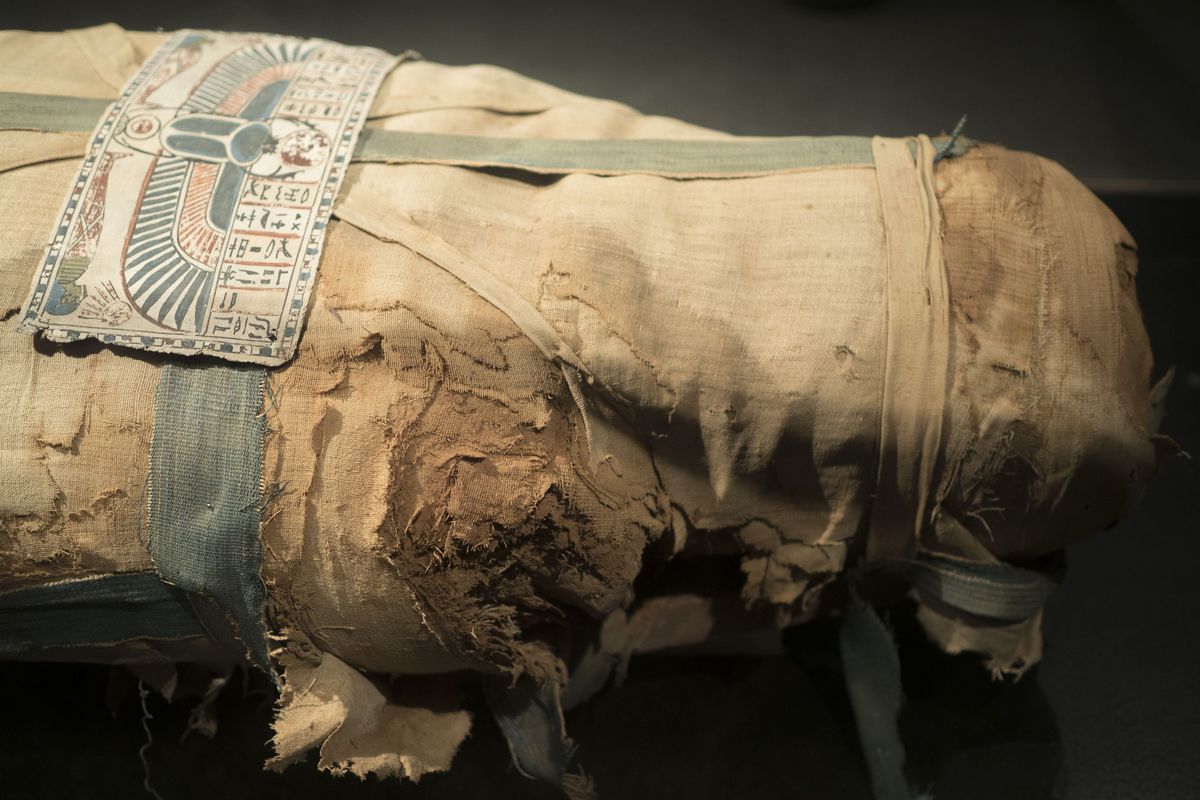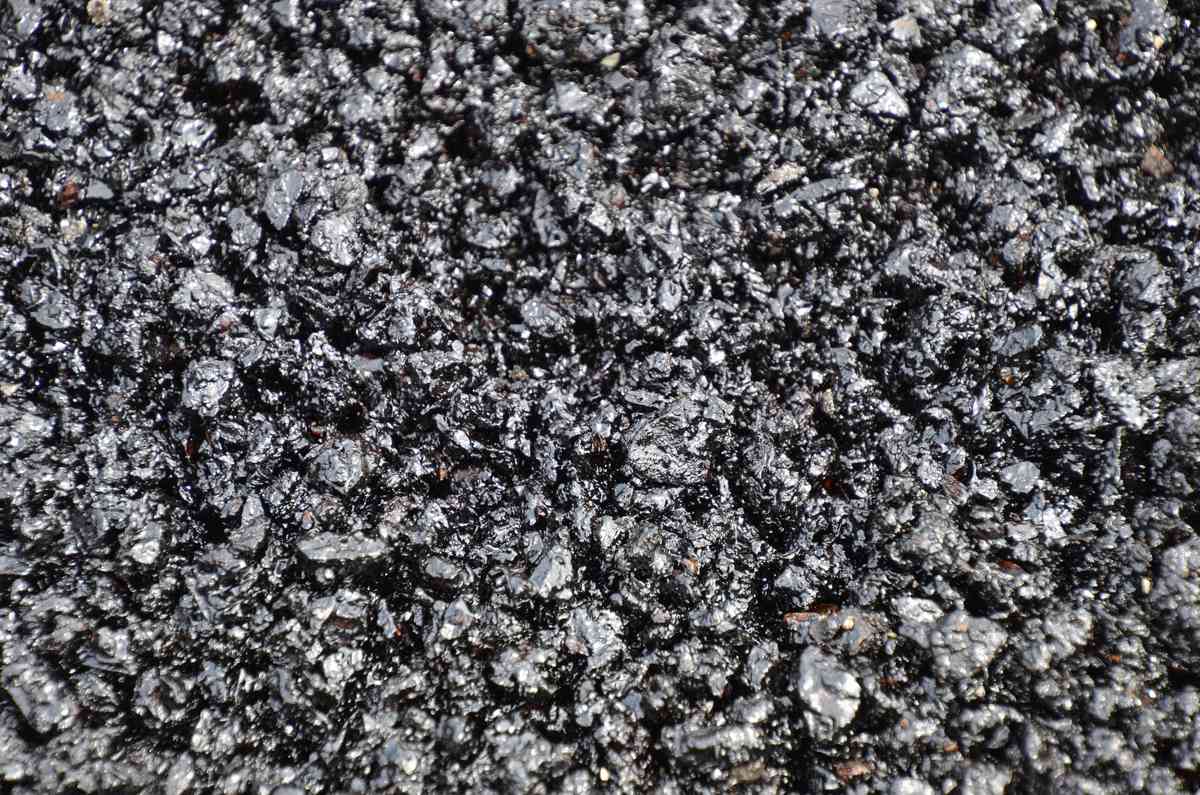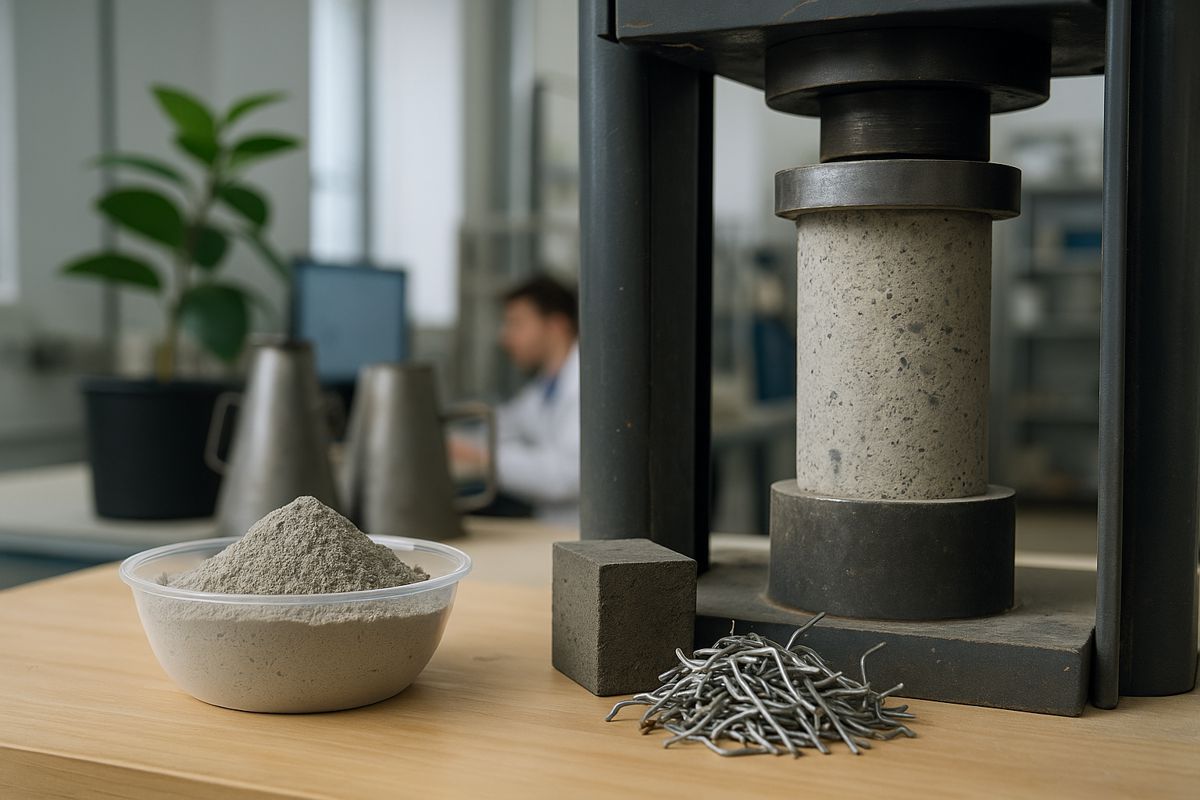The History of Bitumen
Bitumen is a substance produced through the distillation of crude oil, a sticky, black, highly viscous liquid, or semi-solid form, of petroleum. It is renowned for its waterproofing and adhesive properties and most commonly used in the construction industry, notably for roads and highways, and also for waterproofing.
But how did bitumen come to be and what are its origins?
The word bitumen is believed to derive from Sanskrit, from the word jate meaning pitch. Its Latin equivalent was pixtu-men, which was later turned into bitumen in French. Although, another theory is that the word bitumen comes from the ancient Greek word bituminous, which means pitchy.
Bitumen has been used as a moisture insulator and as a joint factor in different fields for more than 5,000 years. The earliest known use of bitumen was by Middle Paleolithic Neanderthals some 40,000 years ago. At Neanderthal sites such as Gura Cheii Cave in Romania and Hummal and Umm El Tlel in Syria, bitumen was found adhering to stone tools, probably to fasten a wooden or ivory haft to the sharp-edged tools.
Bitumen was also widely used in the ancient world for various purposes. According to Herodotus, the ancient Greek writer credited as The Father of History, Babylonian kings and the later rulers of ancient Persia used bitumen-based materials as part of their construction projects. Bitumen was used to build the walls and towers of Babylon, the Hanging Gardens of Babylon, and the famous Ishtar Gate.

Bitumen was also used to seal the boats and baskets of the ancient Mesopotamians, Egyptians, and Indians. Bitumen was also valued for its medicinal and religious uses. The ancient Egyptians used bitumen for mummification, while the ancient Greeks and Romans used it for healing wounds and diseases. Bitumen was also associated with fire and light, and was used as a fuel for lamps and torches.
The method of processing bitumen was nearly universal: heat it until the gasses condense and it melts, then add tempering materials to tweak the recipe to the proper consistency. Adding minerals such as ochre makes bitumen thicker; grasses and other vegetable matter add stability; waxy/oily elements such as pine resin or beeswax make it more viscous. Processed bitumen was more expensive as a trade item than unprocessed, because of the cost of the fuel consumption.
Bitumen the ultimate waterproofing material
The use of bitumen as a waterproofing material became more widespread in the Middle Ages, particularly in Europe. It was used to waterproof roofs, walls, and foundations of buildings, as well as to seal canals and other water management systems.
During the Industrial Revolution, the demand for bitumen as a waterproofing material increased dramatically. This was due in part to the growth of the petroleum industry.
In the early 20th century, bitumen became widely used as a waterproofing material for roads and other infrastructure. It was also used to waterproof underground tunnels, reservoirs, and other structures.
Today, bitumen is still widely used as a waterproofing material. It is commonly used to waterproof roofs, foundations, and other building components. It is also used in the construction of waterproof membranes for ponds, swimming pools, and other water features.
While newer materials such as synthetic waterproofing materials have emerged as alternatives to bitumen, it remains a popular choice for many builders and engineers due to its effectiveness and relatively low cost. Its long history as a waterproofing material is a testament to its durability and versatility, making it a valuable resource for many different applications.

Bitumen in Ship Building
The use of bitumen in shipbuilding can be traced back to ancient times. The Phoenicians, for example, are known to have used bitumen to waterproof their ships and protect them from the harsh Mediterranean waters. The Egyptians and Greeks also used bitumen for similar purposes.
In the Middle Ages, bitumen was commonly used to caulk the seams of wooden ships. This helped to keep the ships watertight and prevent them from sinking. As shipbuilding technology advanced, bitumen continued to be used as a sealant and adhesive, particularly in the construction of iron and steel ships.
During the Industrial Revolution, the demand for bitumen in shipbuilding increased dramatically. This was due in part to the growth of the petroleum industry, which led to the production of more and more bitumen as a by-product of oil refining. With the development of new technologies for heating and applying bitumen, it became even easier to use this versatile material in shipbuilding.
In the early 20th century, the use of bitumen in shipbuilding reached new heights. During World War I, for example, bitumen was used to waterproof and protect the hulls of many naval vessels. In the years following the war, the construction of large, steel-hulled ships became increasingly common, and bitumen remained an important material for sealing and protecting these ships.
Today, bitumen continues to be used in shipbuilding, particularly in the construction of commercial vessels such as tankers and cargo ships. While newer materials such as synthetic sealants have emerged as alternatives to bitumen, it remains a popular choice for many shipbuilders due to its effectiveness and relatively low cost.

Bitumen in Road Construction
Bitumen was not used to build roads until just before the modern period. The first roads made of bitumen were in the 18th century in France, where a natural deposit of bitumen was found near the town of Pechelbronn. The first patent for a bitumen-based road was issued in 1716 to a French engineer named Réverend. He proposed to use a mixture of bitumen and gravel to pave the roads, which he claimed would be more durable and less dusty than the traditional methods.
The development of bitumen for road construction was further advanced in the 19th century, especially in America. In 1824, a Scottish engineer named John McAdam invented a new method of road construction, which involved laying crushed stones on a compacted base and binding them with a mixture of water and gravel. This method, known as macadam, was widely adopted and improved by adding tar or bitumen to the mixture, creating the first asphalt roads.
In 1870, a Belgian chemist named Edmund J. De Smedt patented the first modern asphalt pavement in the US, which consisted of a mixture of bitumen, sand, and stone. He paved the first asphalt road in America, on Fifth Avenue in New York City.
The use of bitumen for road construction increased rapidly in the 20th century, as the demand for automobiles and transportation grew. Bitumen was also used for other applications, such as roofing, waterproofing, and insulation. The production of bitumen also increased, as new sources of crude oil were discovered and refined.
Today, bitumen is one of the most widely used materials in the world, with an estimated annual production of over 100 million tons. Bitumen is still evolving and improving, as new technologies and innovations are developed to enhance its performance, sustainability, and environmental impact.

In industries where bitumen plays a pivotal role, maintaining accurate and efficient documentation is essential. Utilizing tools like Clevago can streamline the creation, conversion, and editing of PDF files, ensuring that all stakeholders have access to precise and up-to-date information. This not only enhances collaboration but also contributes to the overall success of projects involving bitumen.



















